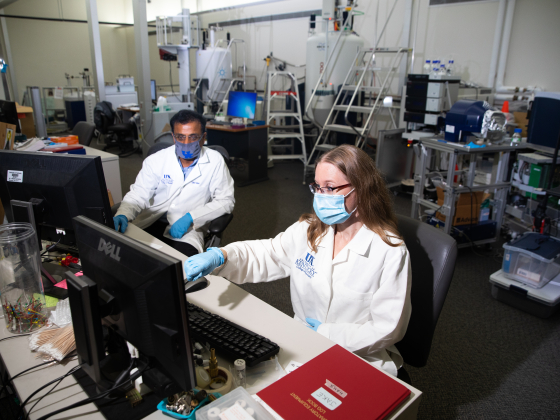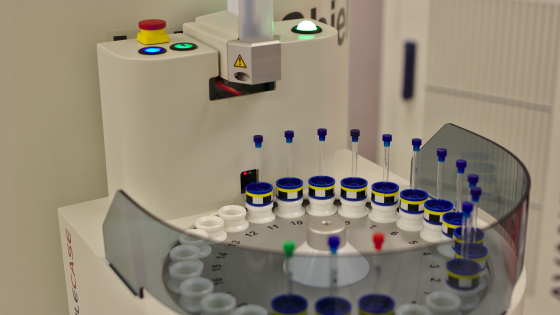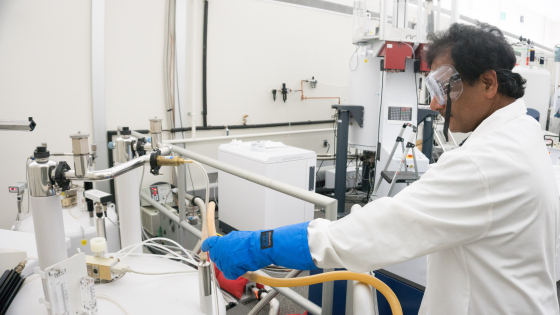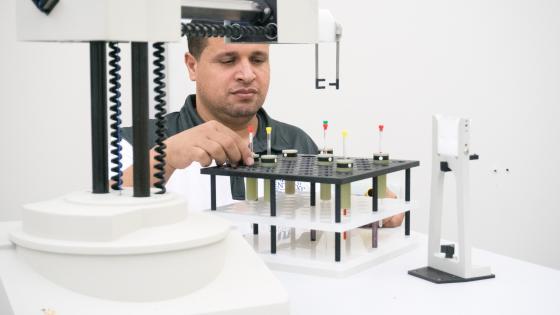The University of Kentucky PharmNMR Center located in Room B003 of the Lee T. Todd Jr. Building which houses the UK College of Pharmacy. We have three solution NMR spectrometers, including an MR400, VNMRS500, and Bruker 600 AV4 NEO. These are available via our cost-recharge center and may be utilized by any university or industry researcher.
1D, 2D, and 3D NMR data acquisition, processing, and data analysis of small molecules and biomolecules (3D structure determination of peptides and proteins, protein-protein interactions, and protein-ligand interactions) can be carried over upon request with an appropriate per hour recharge fee. Carbon detected experiments can be done for those who are interested to investigate their intrinsically disordered proteins (IDP) structures and dynamics studies.
All College of Pharmacy NMR users wanting to use TopSpin/protein dynamics, VNMR, nmrPipe and SPARKY software for themselves – an off-line data processing station is available in the basement in front of the PharmNMR room.




